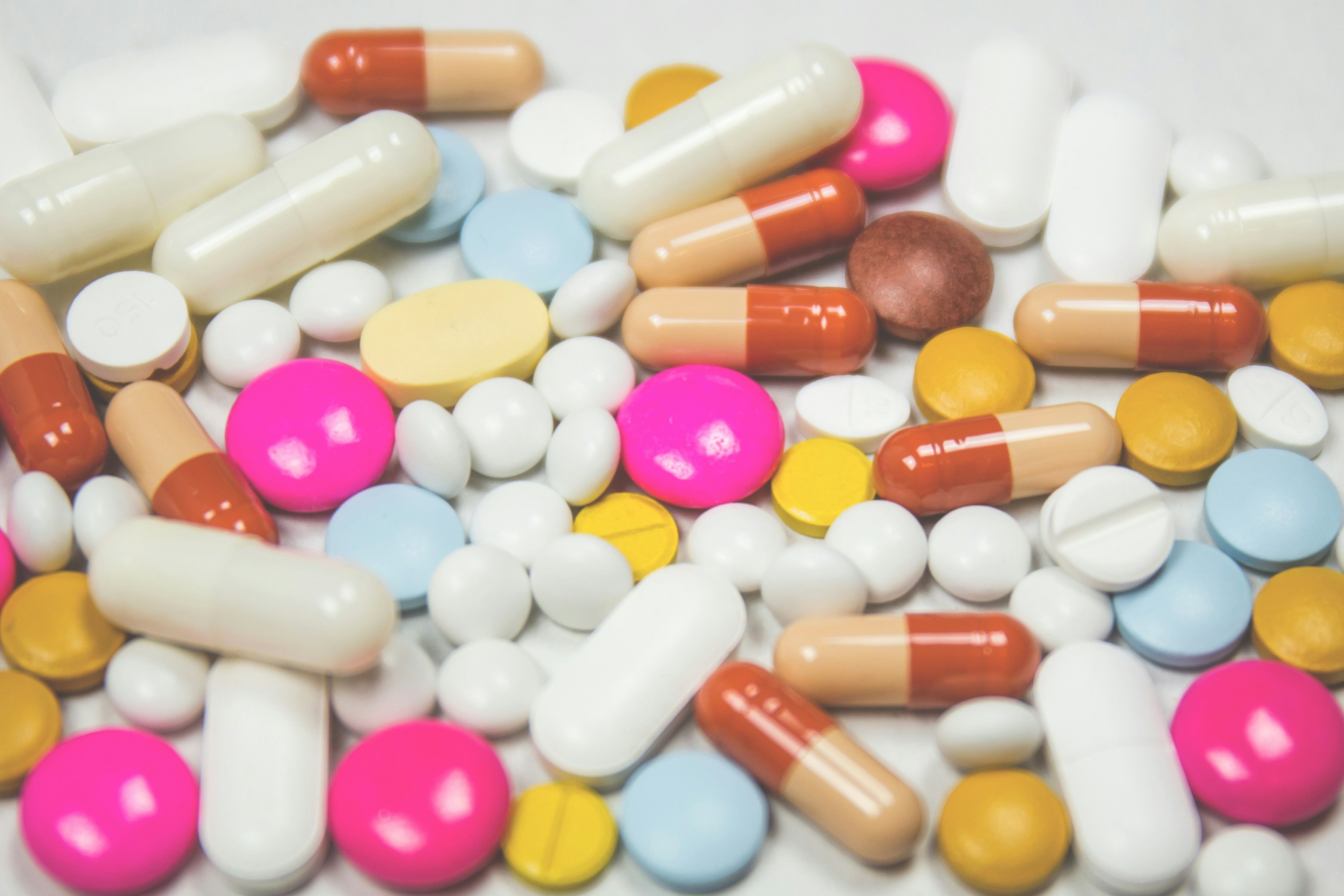Media release
From:
Wastewater treatment plants are a major source of pharmaceutical pollution
Common antidepressants, antibiotics and allergy drugs are being discharged into waterways, as conventional treatment fails to remove them
Municipal wastewater treatment plants are ineffective at removing Prozac (fluoxetine) and other common pharmaceuticals in wastewater, causing the drugs to be discharged into lakes, rivers and streams where they pose a risk to aquatic organisms. Paulina Chaber-Jarlachowicz of the Institute of Environmental Protection – National Research Institute in Warsaw, Poland, and colleagues reported these findings in a new study published September 24, 2025 in the open-access journal PLOS One.
Most wastewater treatment plants break down organic compounds in wastewater using microbes, which are then removed as activated sludge. Existing research, however, suggests these methods do not remove pharmaceuticals effectively, causing them to be released into waterways. While some drugs do break down eventually, most persist in the environment, where they continue to be active, even at extremely low concentrations.
In the new study, researchers collected samples from six municipal wastewater treatment plants in Poland to investigate their ability to remove more than a dozen common pharmaceuticals. They measured the levels of drugs coming into the plant in the wastewater, determined how much is discharged to the environment in the treated water and sludge, and estimated the associated ecological risks.
The researchers found that all six wastewater treatment plants released pharmaceuticals into the environment. Only the pain reliever drugs naproxen (Aleve) and ketoprofen and the antihistamine salicylic acid were effectively removed during treatment.
For some pharmaceuticals, including the antidepressant fluoxetine (Prozac), the pain reliever diclofenac, and the anti-seizure drug carbamazepine, the treatment processes actually led to higher levels of the compounds in the discharged water than in the original wastewater. Fluoxetine and the allergy drug loratadine (Claritin) posed the greatest risk to aquatic organisms, due to their ability to disrupt hormone signaling and development at the levels seen in the treated water.
The new results add to the growing body of evidence demonstrating that conventional methods used by municipal wastewater treatment facilities are unable to remove many common drugs, making the plants a source of pharmaceutical pollution. These findings will lay the groundwork for further research into the inactivation of pharmaceutical compounds and their breakdown products in sewage and sludge.
The authors add: “The study's findings demonstrated that municipal wastewater treatment facilities using conventional mechanical-biological processes (CAS) are ineffective at removing pharmaceuticals from wastewater. The annual emissions of pharmaceuticals to rivers from wastewater treatment plants in the study area amounted to at least 40 Mg. Ketoprofen, sulfamethoxazole, carbamazepine and fluoxetine were identified as the primary contributors to the total mass load and emissions of pharmaceuticals.”
Expert Reaction
These comments have been collated by the Science Media Centre to provide a variety of expert perspectives on this issue. Feel free to use these quotes in your stories. Views expressed are the personal opinions of the experts named. They do not represent the views of the SMC or any other organisation unless specifically stated.
Associate Professor Ricardo Bello Mendoza, Department of Civil and Environmental Engineering, University of Canterbury
"Pharmaceutical products used at home end up in the sewer, either in their original form or as metabolic byproducts, and eventually reach the wastewater treatment plants (WWTP). Most of our WWTPs employ technologies developed many decades ago, long before the presence and ecological risks of pharmaceuticals and other so-called emerging contaminants were known. Consequently, conventional mechanical-biological processes, such as the Activated Sludge system—which is commonly used in New Zealand—are not effective at removing these water pollutants.
"In this recent study, researchers surveyed six municipal WWTPs in Poland to evaluate their ability to remove more than a dozen common pharmaceuticals. They discovered that all six WWTPs are ineffective at removing Prozac (fluoxetine) and other common pharmaceuticals from wastewater, resulting in these drugs being discharged into lakes, rivers, and streams, where they pose a risk to aquatic life. Although some drugs do eventually break down, most persist in the environment, remaining active even at very low concentrations.
"For some pharmaceuticals, including the antidepressant fluoxetine (Prozac), the pain reliever diclofenac, and the anti-seizure drug carbamazepine, the treatment processes resulted in higher concentrations of the compounds in the discharged water than in the original wastewater. Ketoprofen, sulfamethoxazole, carbamazepine, and fluoxetine were identified as the primary contributors to the total mass load and emissions of pharmaceuticals. Fluoxetine and the allergy drug loratadine (Claritin) posed the most significant risk to aquatic organisms due to their ability to disrupt hormone signalling and development at the detected concentrations in the treated water.
"This study confirms the well-established fact that conventional wastewater treatment processes, including those used in New Zealand, are unable to remove harmful pharmaceuticals from water completely. Some pharmaceuticals detected in the study, such as the painkiller diclofenac and the allergy medication Claritin—which is especially relevant this time of the year—are also widely used in New Zealand, so similar results are probable. An important area of research in the New Zealand context would be to understand the fate and ecological risk of pharmaceutical residues in the soil environment, since effluent land disposal is a common practice."



 International
International



